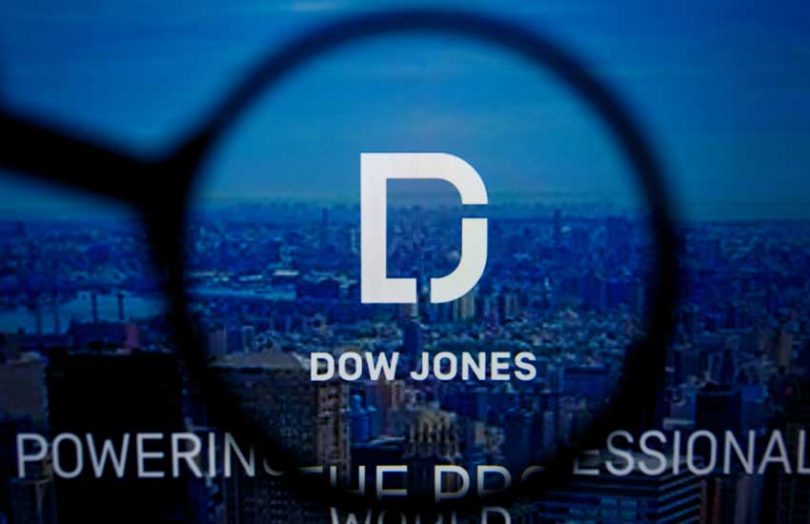Earlier this week, compliance solutions provider EastNets announced that 28 financial institutions were using its blockchain-based watchlist update offering. The solution helps banks to comply with anti money laundering (AML) and counter terrorism (CTF) financing rules. Banks use the watchlist to determine whether or not to block payments. The firm worked with Dow Jones Risk & Compliance to update a feed of sanction alerts over a private blockchain network.
Some governments have sanctions targeted at specific countries, but many have restrictions regarding certain types of goods, such as the sale of nuclear materials.
Dow Jones compiles a Sanctions Alert, a watchlist of high-risk individuals and entities which are of interest to financial institutions. This list is continuously updated, which makes it essential for financial institutions to be on top of it. If one update was deliberately omitted, it could allow a transaction to slip through.
Hence Eastnets introduced ChainFeed, its blockchain-based watchlist update solution. With blockchain helping to secure the update process, bank employees or other fraudsters cannot easily manipulate the watchlist data.
Separately, EastNets has developed SafeWatch Filtering, a product that allows institutions to check transactions, messages and customers against various watch lists. The goal is to ensure compliance with anti-money laundering regulations and detect suspicious transactions. Now, the ChainFeed blockchain solution is integrated with the watchlist screening solution.
“We understand the challenges and risks associated with manual updates of watchlists,” said Deya Innab, EastNets Chief Strategy and Product Officer. “Our customers need a timely, secure courier to carry watchlist feeds from end-to-end. This innovative solution uses blockchain technology to overcome these challenges.”
In 2018, Dow Jones and EastNets completed a proof of concept for anti-money laundering using blockchain for updating watchlists. Now, the trial has graduated to a commercial product as EastNets ChainFeed.
However, there is still a risk of data tampering before a watchlist goes on a blockchain and Dow Jones would need to monitor this process.
The solution uses enterprise blockchain Hyperledger Fabric to grant permissioned access to the data.
Separately, last year, Dow Jones suffered a leak of one of its watchlist, which had over two million records containing identities of influential persons across the world. It included the details, families and the companies of politically exposed persons who are deemed to be at higher risk of embezzlement, accepting bribes or laundering funds.
JP Morgan has a blockchain solution that tackles payments compliance from a different angle. Its Interbank Information Network (IIN), which has almost 400 members, aims to reduce friction in payments by providing a network for resolving compliance related queries.






